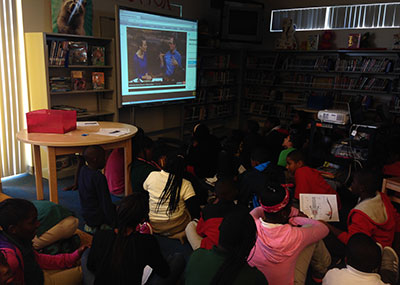Smithsonian Secretary kicks off 2014 Affiliations National Conference
Education and access have always been at the core of all of our work. Our Affiliate network provides countless opportunities for informal learning in local communities across the U.S. through research, scholarship and exhibitions both real and virtual. Many Affiliates have collaborated with the Smithsonian on online national summits for teens, science webcasts, and even collected oral histories all captured for a virtual audience as well as developed as engaging public programs at each organization.
We’ve invited Smithsonian Secretary, G. Wayne Clough, to be our Keynote Speaker at our 2014 Affiliations National Conference* (June 23-25) to share how Affiliates are our partners in tackling a digital world.
“While digital technology poses great challenges, it also offers great possibilities. For the Smithsonian and our nation’s other museums, libraries and archives, today is a time when we can serve the role our founders envisioned for the educational systems of our republic. We can help all the people, not just a few of the people, to understand our culture, the cultures of other countries and life in all its dimensions.”
Join us on June 24 and discover the possibilities when we partner in making our collections more accessible and provide lifelong learning experiences to all of our visitors through innovative digital access.
To read the Secretary’s free book Best of Both Worlds: Museums, Libraries, and Archives in a Digital Age and see a short video, go to https://www.si.edu/BestofBothWorlds. The book is also available for free at iTunes U. Read the full press release for the Secretary’s e-book here.
*The Smithsonian Affiliations National Conference is for current Affiliates only. If you are interested in becoming an Affiliate, or have an application in progress and would like to attend the Conference, please contact Elizabeth Bugbee for more information.















